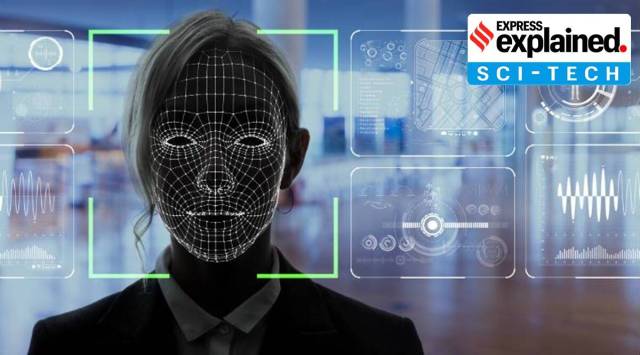The Department of Telecommunications (DoT) has developed an artificial-intelligence-based facial recognition tool that it claims has the capability of running checks on subscriber databases of telecom operators to deduce whether it contains multiple connections associated with the same person.

The origins of ASTR
In 2012, DoT had issued an order to all telecom operators that they would have to share their subscriber database including users’ pictures with the department. These images constitute the core database on which authorities are running their facial recognition algorithm using ASTR. The ASTR project was conceptualised and designed between April 2021 and July 2021 by the DoT’s unit in Haryana.
A pilot project was launched in Haryana’s Mewat region to test ASTR’s feasibility. It is understood that before the ASTR pilot project, there were approximately 16.69 lakh SIMs in Mewat, of which close to 5 lakh SIMs across all telecom operators were detected to be fraudulent.
How ASTR works
According to a case study paper authored by DoT’s Naveen Jakhar, human faces in subscribers’ images are encoded using convolutional neural network (CNN) models in order to account for the tilt and angle of the face, opaqueness and dark colour of the images.
After that, a face comparison is carried out for each face against all faces in the database, and similar faces are grouped under one directory. Two faces are concluded to be identical by ASTR if they match to the extent of at least 97.5 per cent. As per Jakhar’s paper, ASTR is capable of detecting all SIMs against a suspected face in less than 10 seconds from a database of 1 crore images.
Story continues below this ad
Once the faces are matched, ASTR’s algorithm uses what it describes as “fuzzy logic” to find similarity or approximate matches for the subscriber names. To take a random example of a name, if one were to look up “Apple Inc.”, the algorithm will produce related results including “Apple Incorporated”, “Apple Park”, “iPhone” etc. It also accounts for any typographical errors that might have occurred while the subscriber acquisition form was being filled.
The DoT allows an individual to take nine legitimate mobile phone connections using a single identity proof. In essence, what the ASTR does is – 1) it looks up if there are more than nine connections against a single individual’s photograph; 2) it runs a search through the database to see if the same person has taken SIMs under different names.
During a press briefing on Tuesday (May 16), Minister of Communications Ashwini Vaishnaw said that in one case, ASTR had detected as many as 6,800 connections against the same image of the subscriber — that is, the same face, but different names. In another case, 5,300 connections were found to have been taken against a single image.
What happens next
Once the DoT has determined that a set of numbers have been obtained by people through fraudulent means, it shares a list of those connections with telecom operators to block.
Story continues below this ad
According to the Ministry of Communication, an analysis of more than 87 crore mobile connections was carried out using ASTR in the first phase, where more than 40 lakh cases of people using a single photograph to obtain mobile connections were detected. After “due verification”, more than 36 lakh connections were discontinued by telecom operators.
The same list is also shared with banks, payment wallets, and social media platforms for disengaging these numbers from their respective platforms.
Vaishnaw said that WhatsApp had “coordinated” with the Centre in disabling accounts created using such numbers. The government is working with other social media platforms as well, he added.








































